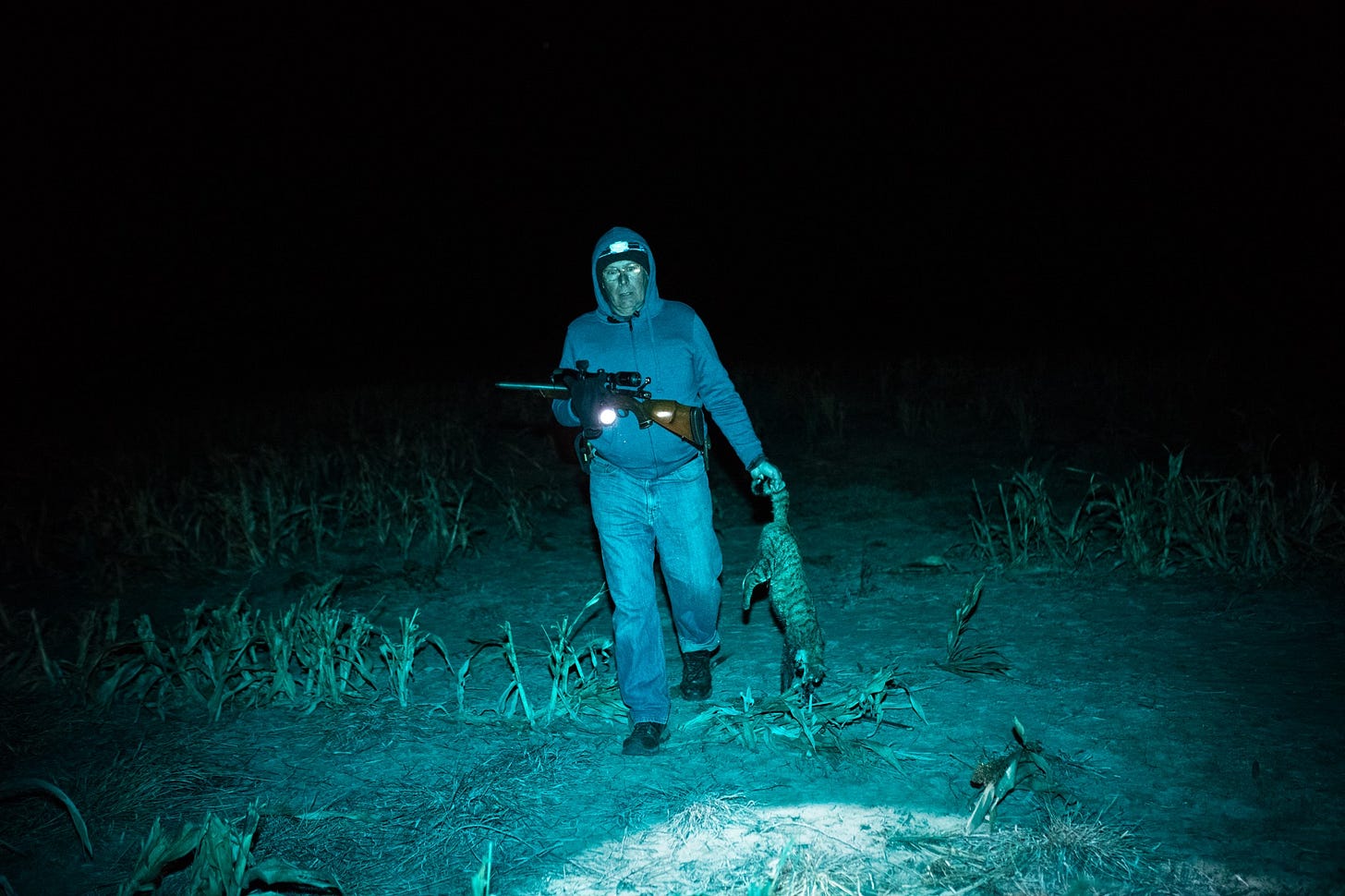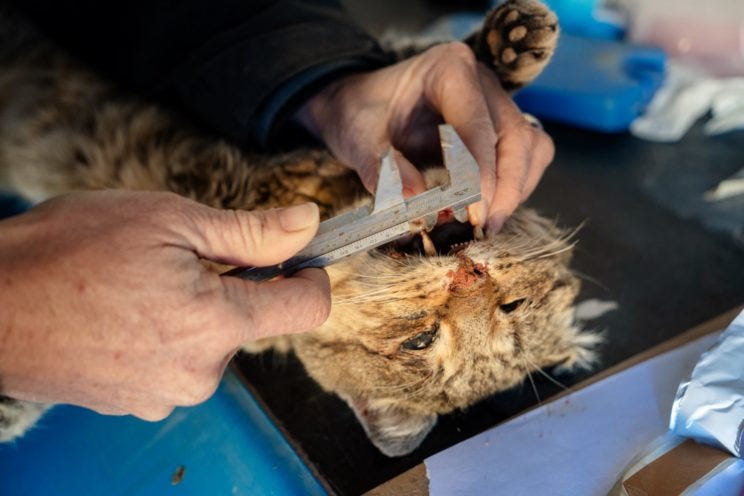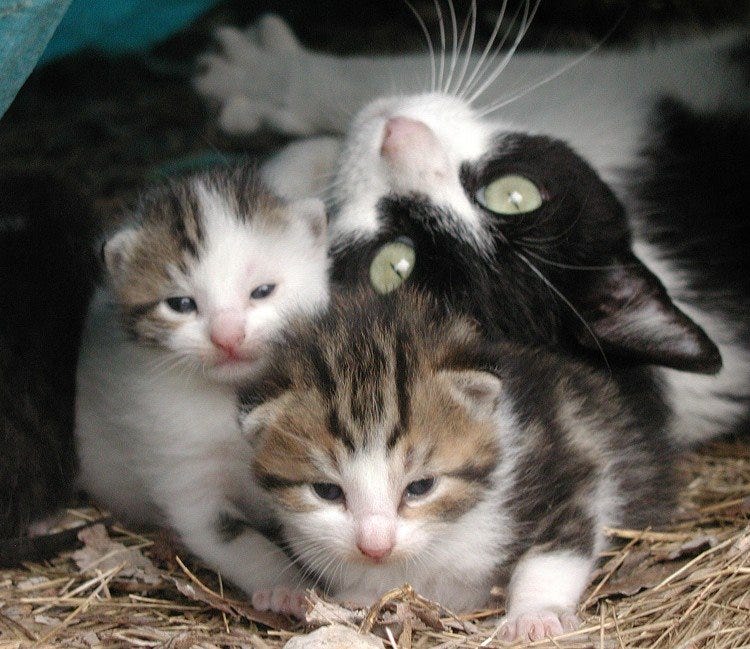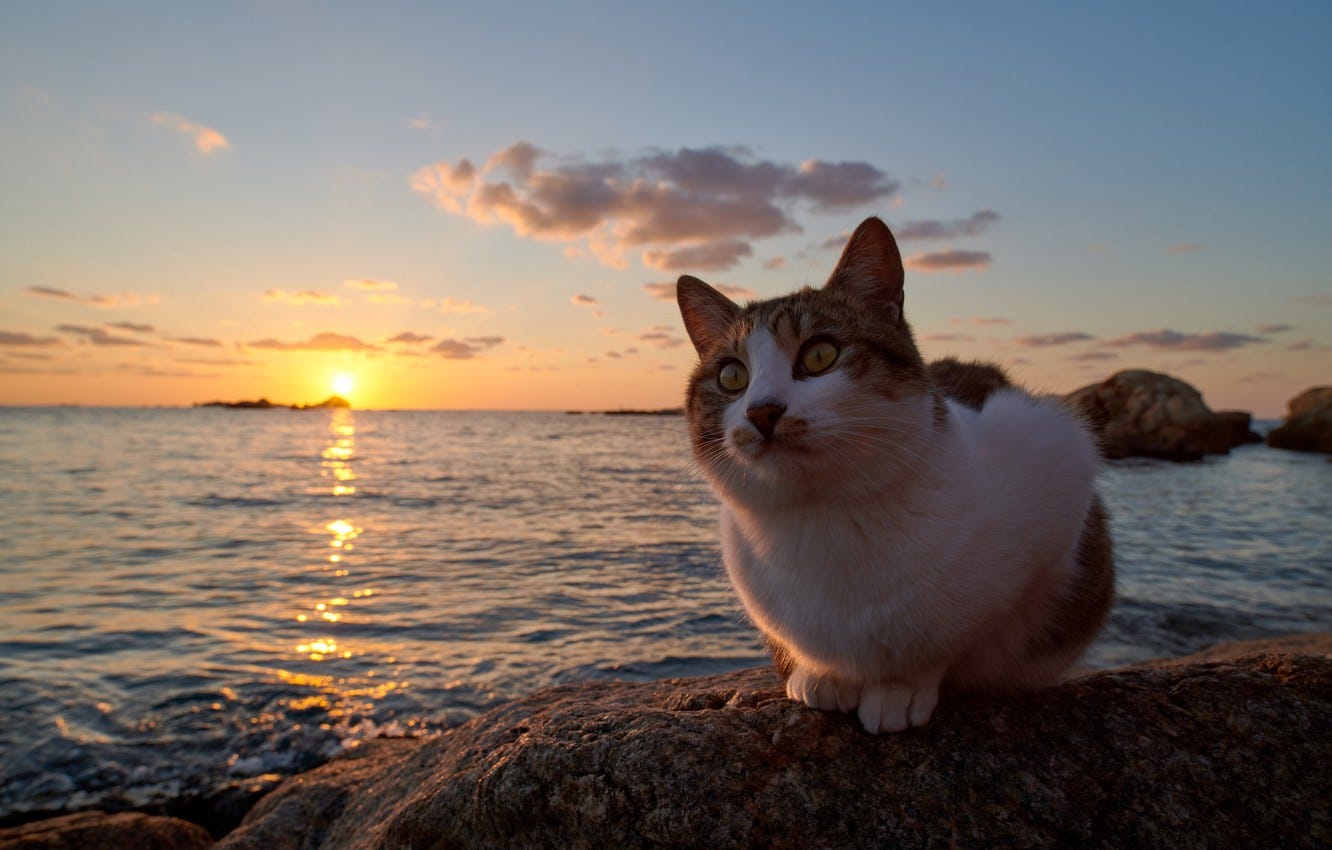“Conservationists” don’t want to save birds; they want to kill cats.
It’s that time of year again.
The time of year when the sun is shining, flowers are blooming, critters are scampering about, and newspapers are publishing the misleading and misguided claims of “native species” advocates. Cats “are natural born killers,” proclaims the Miami Herald. “Outdoor cats are more dangerous than you think,” says the Union-Bulletin. A “hunting season on cats?” asks the Cincinnati Enquirer. Yes, answers Field & Stream.
In the U.S., self-proclaimed conservationists call for eliminating outdoor cats “by any means necessary.” Australia is poisoning two million cats. And in New Zealand, the goal is nothing less than killing every community cat, with school children groomed to wage violence upon them and other animals. “What species do you want to kill the MOST?” an Auckland school teacher asked his students.
Trying to legitimize the mass killing under a mantle of “environmentalism” that bears little resemblance to the founding ethos of the movement — one that encouraged peaceful coexistence with animals — proponents claim that cats and other animals which are labeled “non-native” are a threat to “native” wildlife and must be eradicated.
This view comes from a troubling and discriminatory ideology called “Invasion Biology” that regards lineage alone — without regard for the capacity to suffer — as the sole determinant of an animal’s moral worth. According to this view, certain animals should be valued at the expense of others if they were at a particular location before European exploration, an arbitrary starting point. Indeed, at some point, virtually all animals were introduced (by wind, migration, humans, or other animals).
Invasion Biology is Unscientific
has a characteristic distribution on the Earth’s land surface: But in every case, that distribution is in practice a single frame from a very long movie. Run the clock back only 10,000 years, less than a blink of an eye in geological time, and nearly all of those distributions would be different, in many cases very different. Go back only 10 million years, still a tiny fraction of the history of life on Earth, and any comparison with present-day distributions becomes impossible since most of the species themselves would no longer be the same.
This never-ending transformation — of landscape, climate, plants, and animals — has occurred, and continues to occur, all over the world, resulting from various factors: global weather patterns, plate tectonics, natural selection, evolution, and even the devastating effects of impacting asteroids.
Close your eyes and randomly stick a pin on any location on a map, then do a Google search of that region’s history and what you will invariably find is that at some point in time, that location looked very different than it does today, as did the plants and animals who resided there. For example, over 10,000 years ago, a sudden burst of monsoon rains over the vast Sahara desert transformed its dunes into a savannah that could sustain life, including people and giraffes who migrated into the area. Today, it is once again a barren expanse of sand. Roughly 74 million years ago, Tyrannosaurs, Ceratopsians, and Sauropods roamed the continent of North America, which was divided down its middle by a vast, ancient sea. In the distant past, the now frigid polar regions of the Earth were moist, temperate, and blanketed by forests.
The geographic and fossil records tell us that there is but one constant: change. Natural selection, artificial selection, migration, adaptation, and evolution are inherent to all life on Earth. Indeed, this process is accelerating as up to one-third of all species are on the move because of climate change. And while biologists claim they want to save many of these animals, if they move, as they must to survive, those same biologists support killing them in the new territory. The animals are damned either way.
Invasion Biology is Hypocritical
Not only is such an approach unscientific, but those calling for the killing of cats and other animals are guilty of the most pernicious hypocrisy: forcing standards onto cats they themselves refuse to obey even though human animals are also “non-native,” belong to a species that is the most “invasive” the planet has ever experienced, and cause virtually all environmental destruction, including the decline of birds.
Yet, for reasons based entirely on narrow self-interest, conservationists do not hold their actions to the same standards they impose upon cats. They do not:
Force themselves to live exclusively indoors;
Move back to the continent where humans first evolved; and,
Stop killing and eating birds, fish, and other animals.
Moreover, “non-native” and “invasive species” are pejorative, inspiring unwarranted fear, knee-jerk suspicion, and a lack of thoughtfulness and moral consideration. They are the language of intolerance, based on an idea most of us have rejected in our treatment of our fellow human beings — that the value of a living being can be reduced merely to its place of ancestral origin.
Invasion Biology is Sadistic
While claiming to be motivated by a desire to protect birds and other wildlife, Carl Jung, the father of analytical psychology, suggested if you want to understand why someone is arguing for something, look at the consequences, and you can infer the motivation. If true, conservation is not about saving some animals. It is about killing others. The killing is the point. In other words, “conservationists” don’t love birds. They hate cats.
Even their fellow biologists, ecologists, and ethicists are calling them out for launching a cruel, violent, and dishonest war on cats. They state that “free-ranging cats should be accepted as legitimate members of their ecosystems” and that the call to eliminate them “by any means necessary” is “wrong and fuels an unwarranted moral panic over cats.”
Worse than a “moral panic,” it has fueled a war on cats that has led to hunting cats with bows, hanging them by the legs, disemboweling them, and cutting off their heads while alive. A New York Times piece, for example, is replete with photos of gutted cats and includes the following:
“Long after midnight, as the truck turned back toward the farmhouses, and the men shot their fifth or sixth cat, Mark W. opened one up to find that it had been carrying five kittens that were close to term. Their skin was translucent and velvety, and when he took them out of the cat, they made their first noises. ‘Five little killers,’ he said.. he used a knife to cut their heads off.”
“‘[R]eleasing an arrow never felt so good,’ one bowhunter wrote on Facebook next to a photo of a dead cat.”
“They were the first feral cats he had ever killed, and when he took photos to commemorate the event, which he later posted on Instagram, he posed just as he did with his other hunting trophies: gripping his compound bow on one side, holding up the dead cats by their tails and grinning into the camera.”
Nativists have since turned to even more painful ways to hurt cats, including a laser-sighted device that sprays cats with a lethal gel they lick off while cleaning themselves. After several days of suffering, the gel causes the cats to die from anoxia (oxygen deprivation). They suffocate. “All poisoned cats captured on video were initially lethargic, then had difficulty walking (ataxia) before lying down and remaining largely motionless.” They are now exploring “Genetic biocontrol options,” such as “introducing genes that make a pest [cat] more susceptible to disease.”
Invasion Biology is Unworkable
And for what?
Given that the ultimate goal of eradication can never be achieved, it is a slaughter with no end and no potential benefit: a meta-analysis concluded that removing one species to help another does not work.
Meanwhile, multiple predation studies on four continents (Europe, North America, Australia, and Africa) prove that cats are not decimating bird and other wildlife populations. Any alleged “cat predation must be examined in the context of habitat destruction, since cats have not been shown to be the primary cause of the loss of native [sic] species on mainland continents.”
The conclusion is not surprising. In addition to the large percentage of indoor-only cats (roughly 60% in the U.S.), cats who go outside rarely venture very far: approximately 150 feet, the equivalent of one to three houses on their block. Moreover, neutering reduces home ranges by 79% and activity by 30%. And despite popular belief that cats are opportunistic, well-fed cats tend not to hunt. As such, the nativist approach inflates the impact of cats, is based on over-simplistic math assumptions, ignores causes like habitat loss, pesticides, and other human-caused activities, and lacks rigor.
While the common conservationist belief that cats are serious predators of continental birds and other animals is without scientific basis, cats do, however, catch some birds and other small animals even if they do not impact populations. And given that their relationship with humans vastly increased their numbers and ranges, contraception by humans would help reduce their numbers, home ranges, caloric needs, and thus predation. Sterilization programs, therefore, would protect individual birds, rodents, and other small animals. But “conservationists” oppose community cat sterilization programs and thus work at cross-purposes with efforts that limit contact with wildlife. Their doing so provides more evidence that they are motivated by harming cats, not protecting birds.
Invasion Biology Harms People
Cats are not the only ones harmed, either. In addition to the ongoing violence against animals, nativism harms human children. “School children have been and are continued to be encouraged to hunt, trap, and drown [animals], and then to humiliate their corpses.” Given that the link between animal violence and human violence is well-known and well-established, it is not surprising that killing animals in the name of “conservation” imprints children for using violence to solve perceived problems.
As much as it pretends to be, Invasion Biology is not science; it is ideology — and a particularly violent one. In the neighborhood of bad ideas, it is one of the most ramshackle houses on the street.
We need a new approach.
Toward a Humane Environmentalism
As the most resourceful species on the planet, with the ability to solve problems unrivaled by any of our fellow Earthlings, we have a duty to diminish the suffering of animals (regardless of whether or not we caused it). “Might” does not make “right,” but it does create affirmative obligations to use those powers for the good of all.
As such, the environmental movement must move beyond campaigns that cloak the killing of some animals in an environmentally-friendly guise. It must shed the pernicious idea that hunting, poisoning, and trapping animals is consistent with proper stewardship of the Earth. It must commit to achieving ends only through non-violent means. It must intervene in nature to help animals, not harm them. It must be guided by the principle that respect for life is paramount, irrespective of the species in which that life manifests. Above all, since neither “species” nor “habitats” are sentient and suffer, but individual animals are sentient and do suffer, environmentalism must be grounded in a foundation of animal rights. In fact, we must regard the two movements as one and the same.
On a tiny planet surrounded by the infinite emptiness of space, in a universe in which life is so exceedingly rare as to render every blade of grass, every insect that crawls, and every animal that walks the Earth an exquisite, wondrous rarity, it is breathtakingly myopic, arrogant, and inaccurate to label any living thing found anywhere on the planet which gave it life as “alien” or “non-native.”
There is no such thing as an “invasive” species.







Thank you Nathan for disclosing what Australian has been doing. Which is under the cover of " protecting native species" and just to release the cruelty. This is a shame on human history which a whole county keep silent before this cruelty
Thank you for detailed clarification on "Invasion Biology" - I hope the Killers STOP killing and take article to heart.